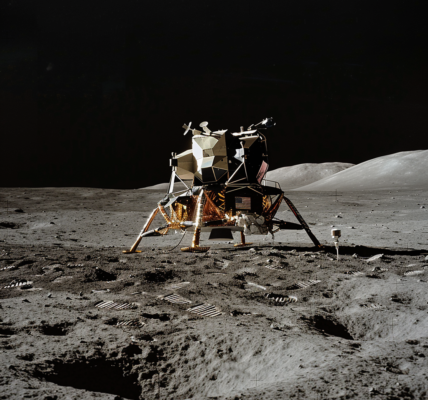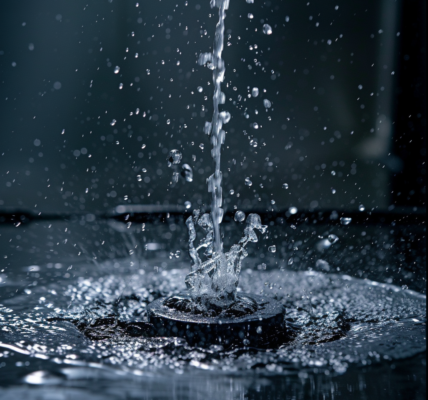The latest findings from NASA’s Perseverance Mars rover have sparked excitement among scientists as the rover’s sample tubes contain potentially groundbreaking material. The lead scientist of the mission is particularly enthusiastic about the rock samples collected on the surface of Mars and within the rover itself while exploring Jezero Crater.
With the collection of Mars samples by Perseverance, there is growing speculation about the discovery of evidence of ancient microbial life on the Red Planet. This development underscores the importance of bringing these samples back to Earth for more comprehensive analysis in laboratory settings.
During a recent meeting of the Extraterrestrial Materials Analysis Group, Caltech’s Kenneth Farley highlighted a specific sample named ‘Lefroy Bay’ collected by the rover, which contains hydrated silica. This mineral is known for its potential to preserve traces of ancient life, raising the intriguing possibility that Lefroy Bay could hold clues to Mars’ past habitability.
The ‘Margin Unit’ on Mars, where the Lefroy Bay sample was collected, is believed to have been a deposition site in either a lake or a groundwater system. These environments are crucial for understanding the habitability of Mars and the potential for past life at Jezero Crater.





